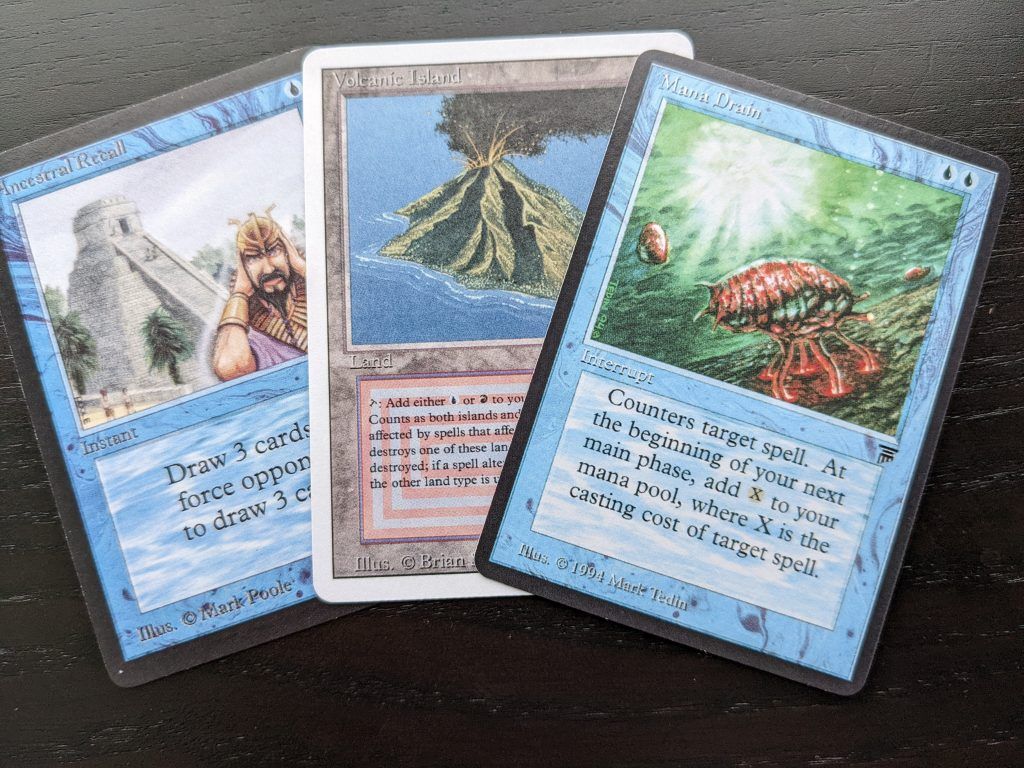With a substantial budget of $10,000 constructing a Modern Deck Crafting: Value with MTG Proxies. The Gathering opens up avenues to incorporate some of the format’s most impactful and highly sought-after cards.
This budget not only allows for the assembly of a formidable deck. But also the flexibility to tailor it to one’s preferred playstyle while adapting to the prevailing metagame.
Here’s a closer look at a potent decklist that could be realized within this budget. Focusing on a blend of aggression, control, and resilience.
Crafting a Dominant Force: The Deck Breakdown
Creatures:
- 4 Tarmogoyf and 4 Dark Confidant: Serve as the aggressive backbone, providing both early-game pressure and card advantage.
- 3 Snapcaster Mage: Offers flexibility by allowing you to reuse your most potent spells from the graveyard.
- 2 Gurmag Angler: Acts as a hefty threat. That can be deployed for a minimal mana investment, thanks to its delve ability.
Planeswalkers:
4 Liliana of the Veil and 2 Jace, the Mind Sculptor: These powerful planeswalkers control the board and provide card advantage, serving as the linchpins of the deck’s strategy. Using MTG Proxies for these cards can significantly reduce the deck’s cost while maintaining its competitive edge.
Spells:
A mix of 4 Lightning Bolts, 4 Fatal Push, 4 Inquisition of Kozilek, and 3 Thoughtseize. This suite of spells allows for early disruption and control, paving the way for your threats to dominate the battlefield. The inclusion of MTG Proxies for some of these spells can offer flexibility and variety in deck testing and refinement.
Lands:
The mana base is carefully curated with 4 Blackcleave Cliffs, 4 Blood Crypts, and 2 Overgrown Tombs, among others. Ensuring that your spells can be cast on a curve and without delay.
Sideboard:
The sideboard, featuring 2 Collective Brutality, 2 Surgical Extraction, 2 Liliana, the Last Hope, 2 Ancient Grudge, 2 Damnation, among others, is designed to counter a wide array of strategies you might encounter, providing versatility and adaptability in post-game scenarios.
The Philosophy Behind the Deck
This deck exemplifies the Jund or possibly a Jund Death’s Shadow archetype, known for its flexibility and power across various matchups. It leverages disruption, quick threats, and potent removal to dismantle opponents’ strategies while applying constant pressure.
This deck is about balancing risk and reward, especially with cards like Dark Confidant that can provide immense value at the expense of life points an element that Jund Death’s Shadow can turn to its advantage.
Tailoring to the Metagame and Playstyle
The given decklist serves as a robust foundation, yet the ultimate configuration should consider the current metagame and the individual’s play style. Cards like Gurmag Angler and Snapcaster Mage cater to a strategy.
Values graveyard synergy, while Liliana of the Veil and Jace, the Mind Sculptor offer control over the board and card flow. Sideboard choices like Damnation and Engineered Explosives are critical for adapting to a wide range of opponents, ensuring your deck remains competitive in diverse tournament environments.
Conclusion:
Building a Modern deck with a $10,000 budget is not just about assembling the most expensive cards. But about crafting a deck that reflects a deep understanding of the format and a strategic approach to gameplay.
This decklist represents a balance of power, control, and adaptability, ensuring that you’re well-equipped to face the challenges of the Modern format.
Whether you’re a seasoned player or looking to make a significant entry into competitive Magic: The Gathering, such a deck promises not only a competitive edge but also a deeply rewarding playing experience.
For more details Visit Mtgproxy
 Custom Gallery
Custom Gallery Proxy Booster
Proxy Booster Discord
Discord